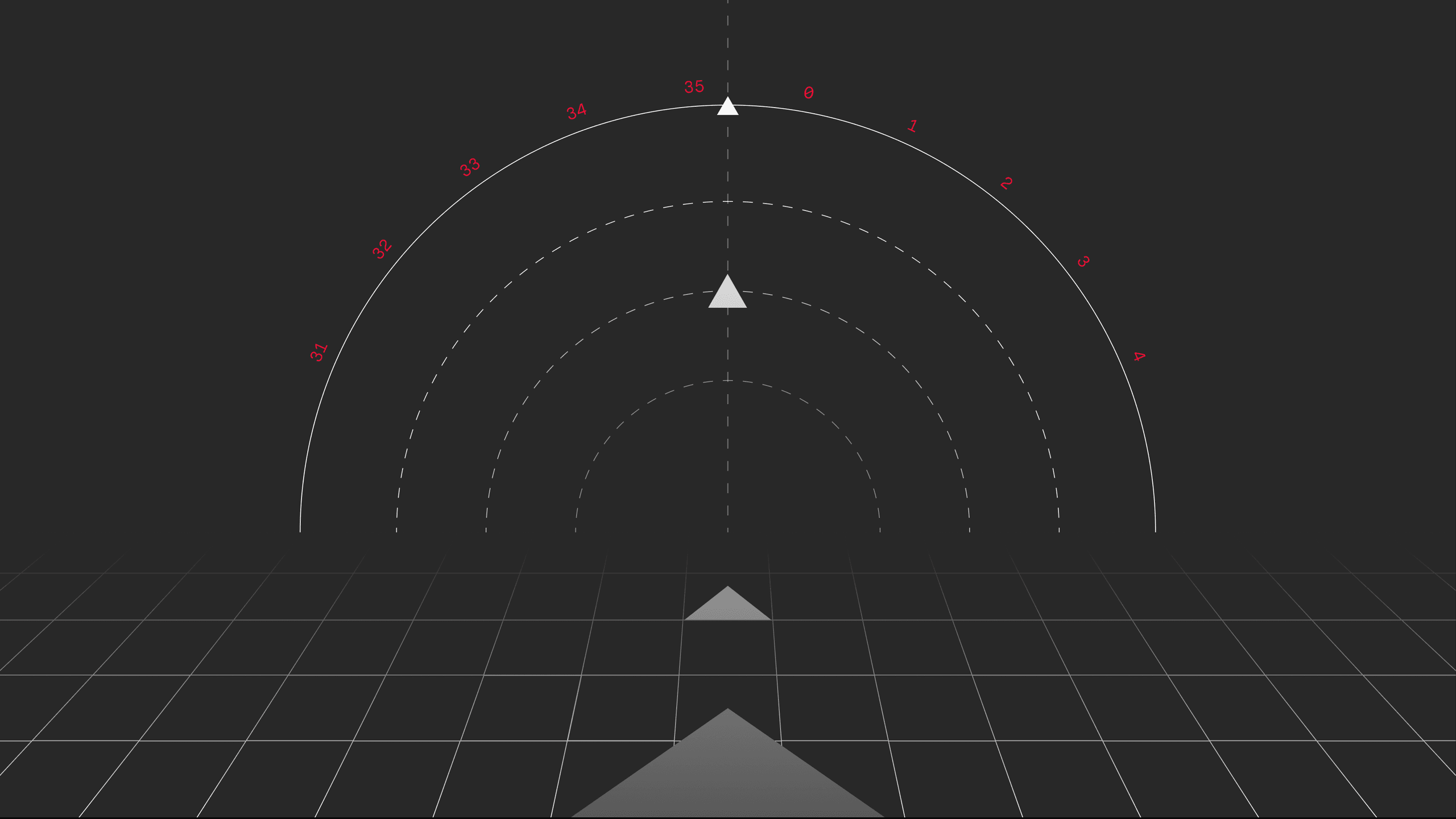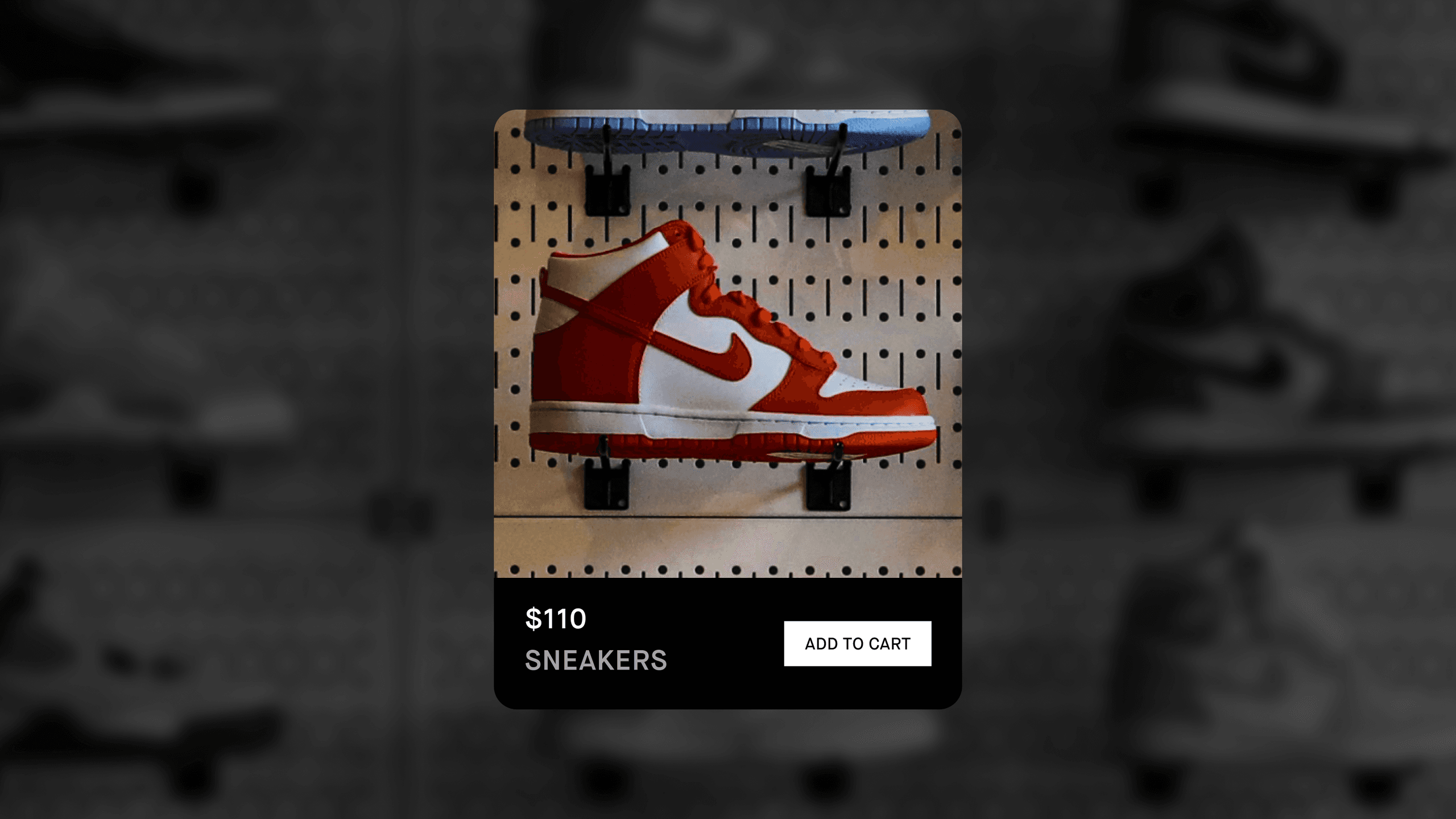Businesses need to understand just how transformative this technology is, and designers need to understand the technological potential—in order to design the best user experience possible.
With the help of machine learning and AI, products become much easier to use, which is great for customers. This boosts sales, a huge plus for business owners. And production and maintenance becomes easier, too, a welcome win for developers and designers alike.
So where can we come into contact with this technology today? And what are examples of designers making exceptional use of machine learning?
CONTENT PERSONALIZATION
One of the best and most frequent uses of machine learning in terms of improving the user experience is content personalization. That allows users to see content they are interested in or, generally speaking—it helps them achieve more with less effort.
Some personalization methods include recommendations (e.g. which movies to watch next), customizing what type of content to show (e.g. seeing more posts from the people the user chats with most) or shortcuts to whatever the algorithm thinks the user wishes to do next.
Take Netflix as an example. Besides personalizing the entire homepage (suggested movies, shows, categories, etc.), Netflix also generates movie/show previews that are tailored to a user’s preferences based on his/her watch history. Watch a lot of romantic movies? Netflix will generate a Star Wars preview that incorporates a romantic moment.
End users aren’t the only ones who benefit. Advertisers can use machine learning to determine which ad to show to which users, and business owners can choose the targets of limited deals. The outcome is a win-win situation: More sales for businesses, more relevant content for users.
All this boosts engagement, and helps support customer loyalty.
OBJECT DETECTION
Recognizing objects in front of the camera is perhaps machine learning’s most well-known feature, mainly because it’s widely used by autonomous car manufacturers like Tesla.
One of the main factors that determines how well machine learning performs is training data. Simply put: the more training data, the better the performance. That’s why, here at STRV, we’ve developed our own app for teaching AI to recognize objects. This enables us to feed our machine learning algorithms more data than ever before.
PHOTO FILTER APPS
Machine learning is starting to be widely used as a smart tool for applying photo filters and other image transformations. For instance, FaceApp—a recent viral hit—uses “advanced neural portrait editing technology” to show users what they might look like when they grow older. Another example is the Prisma app, which utilizes machine learning features to transform a normal photo into a painting in the style of numerous famous artists (like Van Gogh).
GAMES
Machine learning plays a dominant role in the gaming industry. NPCs (Non-Playable-Characters) in games are getting smarter and smarter thanks to machine learning algorithms. For example, video game company EA is training its NPCs with data from top human players. This significantly improves the behavior of the NPCs, and is also a huge time saver in terms of development because each NPC doesn’t require individual script writing.
Another example is the No Man's Sky game, where nearly all elements—such as fauna, flora, planets and entire star systems—are generated procedurally.
VIRTUAL ASSISTANTS & CHATBOTS
A prevalent topic in the current world of design is the use of conversational UX practices, such as virtual assistants and chatbots that are becoming increasingly smart and are now able to lead a shockingly natural conversation. From basic bots answering simple FAQs and customer support bots learning from conversations, all the way to Google Assistant making a call and scheduling an appointment on a person’s behalf—this technology is evolving exceedingly fast.
DATA ANALYSIS
Machine learning is frequently used to help data analysts process huge amounts of data, like when an app predicts a user’s commute time based on what the algorithm has previously learned about the area’s traffic.
Airbnb utilizes what the company calls “invisible design”—a process and design language for product designers working with machine learning and AI. An example of using this design is the prediction of housing prices for a certain date in the future.
ACCESSIBILITY
AI does more than just boost revenue. It’s able to help make products more accessible for people with certain disabilities.
Blindness
Facebook uses AI to understand the context of images, and is therefore able to read it to users with visual impairments who browse the web using screen reader software. This is called Alternative Text.
Example of Alt Text:
Deafness
To state the obvious: Deaf people don’t hear and most hearing people don’t know sign language. That’s a gap companies like Nvidia are trying to bridge by translating sign language into text using machine learning.
“Bridging this gap means a hearing person can interview a deaf person, or someone who is hard of hearing, via Skype or Google Hangout. They can hold a meeting or do job interview, and just communicate in a natural way,” says Syed Tousif Ahmed, a research assistant at the Rochester Institute of Technology’s Future Everyday Technology Lab.
SECURITY
Machine learning has been helping us with security issues for longer than most people realize. It protects our emails from spam by continuously learning and updating machine learning algorithms—which can also be used to catch and filter out malware programs by detecting patterns in the code.
Besides communication, the technology is also used for automatic flagging of abusive content on social media or for protecting copyrights on platforms such as YouTube.
ARTWORK
Can AI copyright its work? We’ll find out. But for now, what we know is that AI is capable of creating artwork. For example, Ogilvy & Mather Italia produced seven million different versions of Nutella packaging thanks to AI pulling dozens of patterns and colors from a database and learning how to combine them.
AI can also learn from data of artistic styles of famous painters and reproduce them incredibly accurately; in 2016, AI 3D-printed a brand-new Rembrandt painting.
Besides illustrations and paintings, AI is also able to learn how to make fonts, music or even human faces.
SHAPING FUTURE PRODUCTS & SERVICES
Machine learning has been around for decades, but we’ve only just begun to fully explore the possibilities. Amazon, Google, Apple—companies have realized how powerful this tool is, and how it can completely transform the user experience.
And a large part of that experience begins with design.
Our designers understand this, and are constantly striving to learn more about what our developers are expert in. It’s how we ensure nothing gets lost in translation, and that not a minute of time is wasted on explaining the basics of something we believe our entire team should already know.
Want to know more about STRV's approach? Check out 'our work', or just ask.





